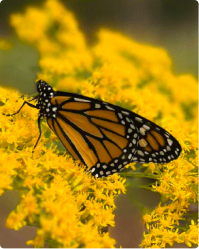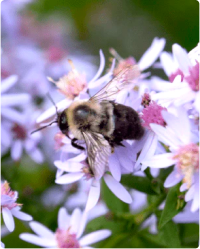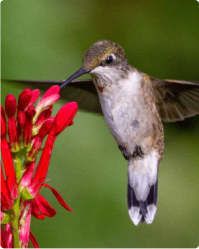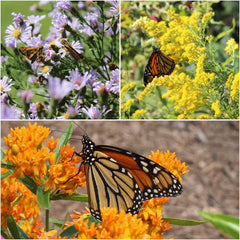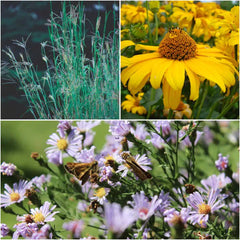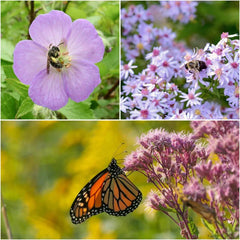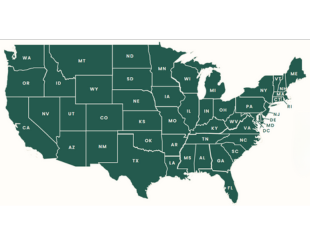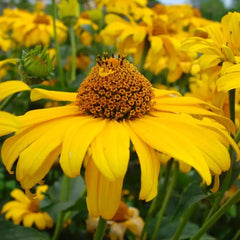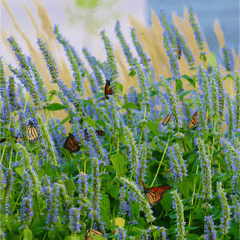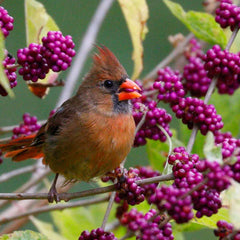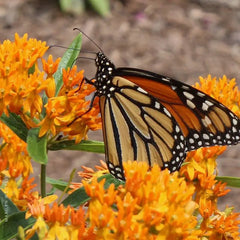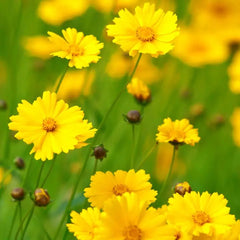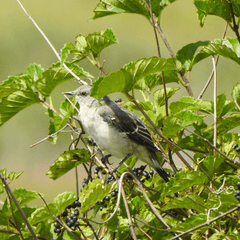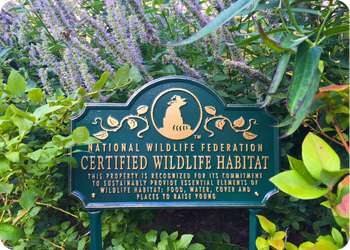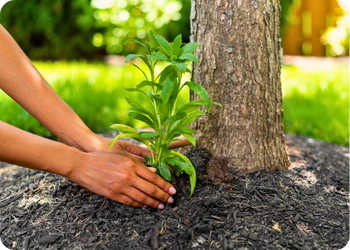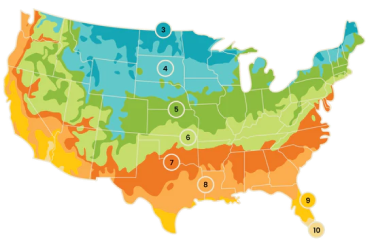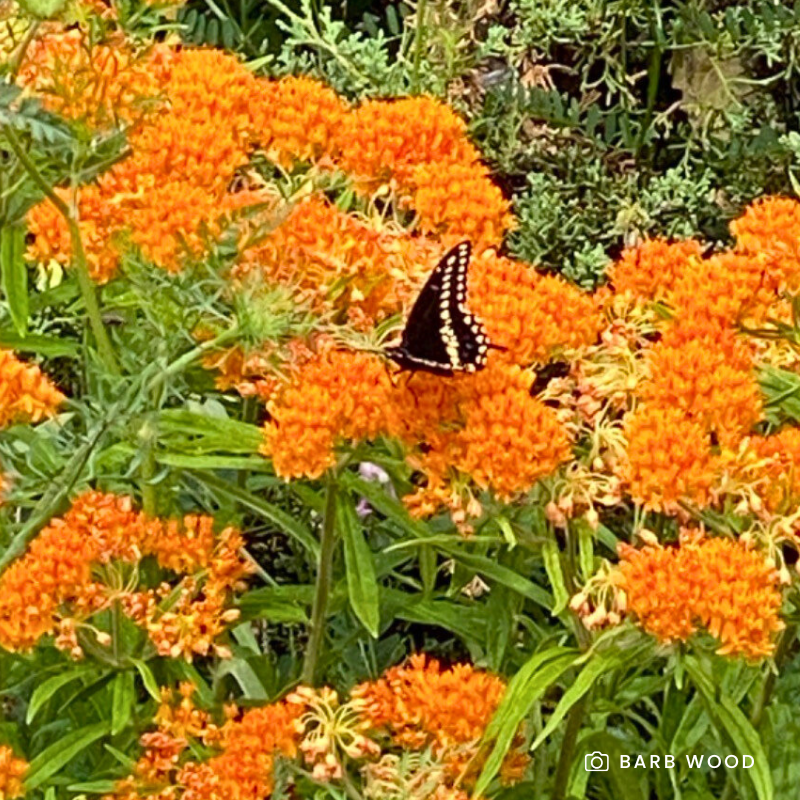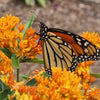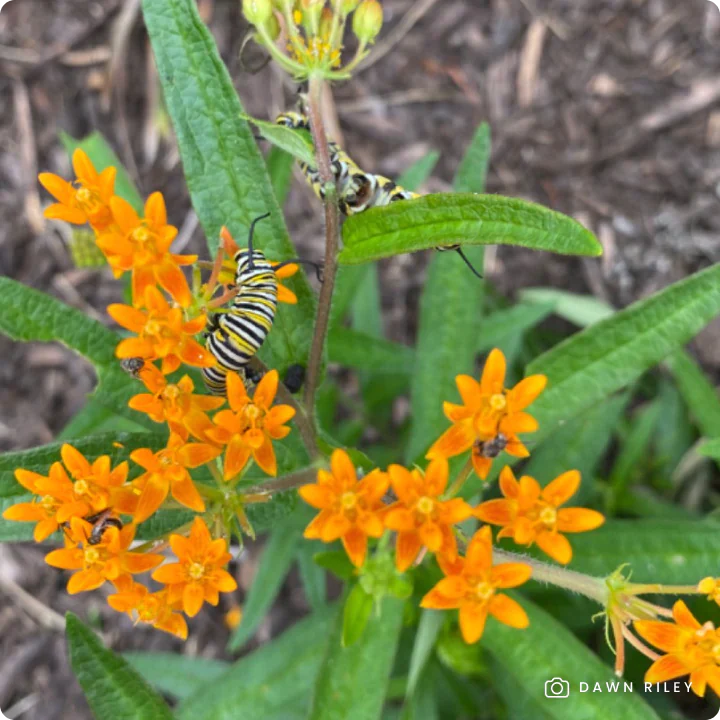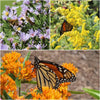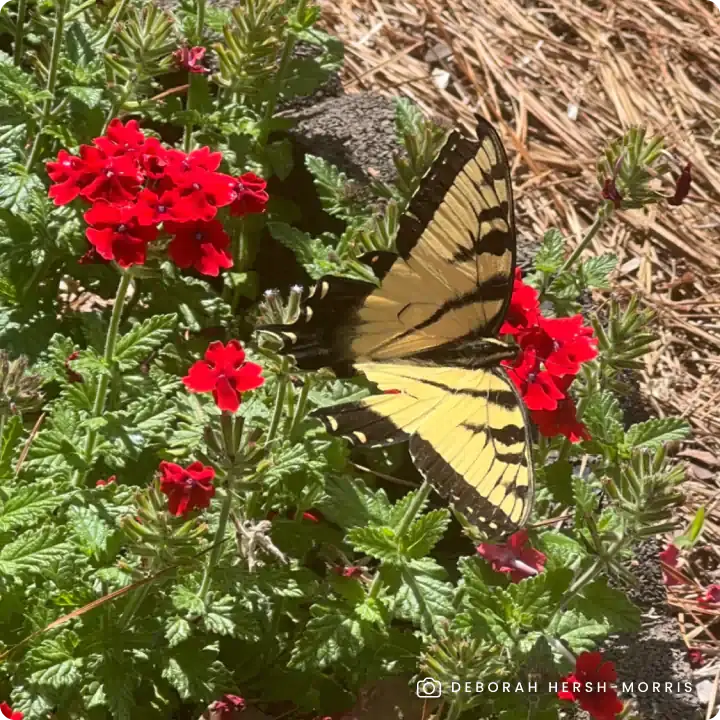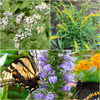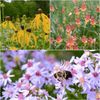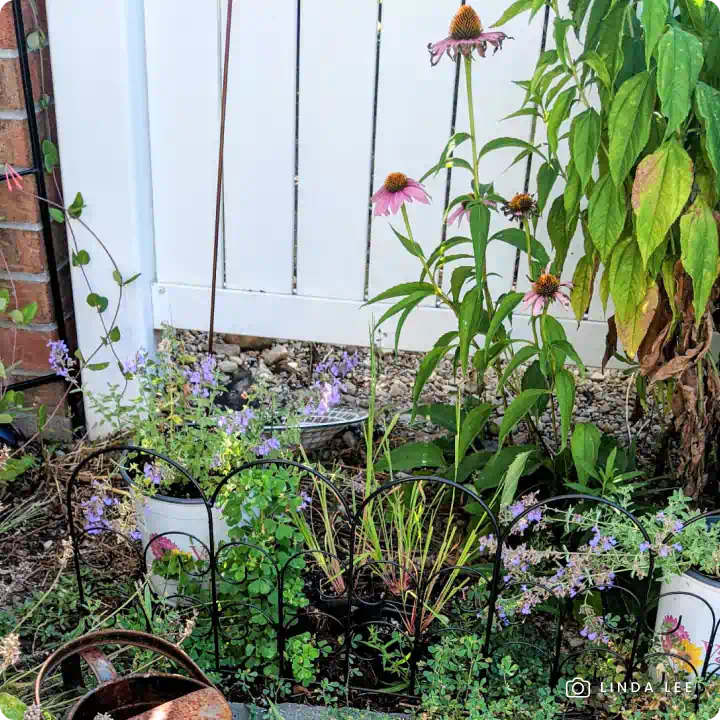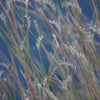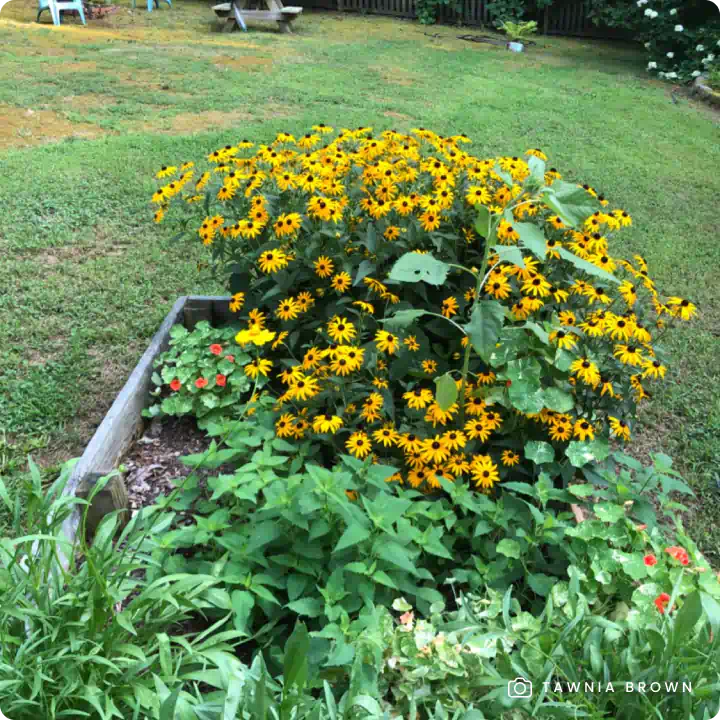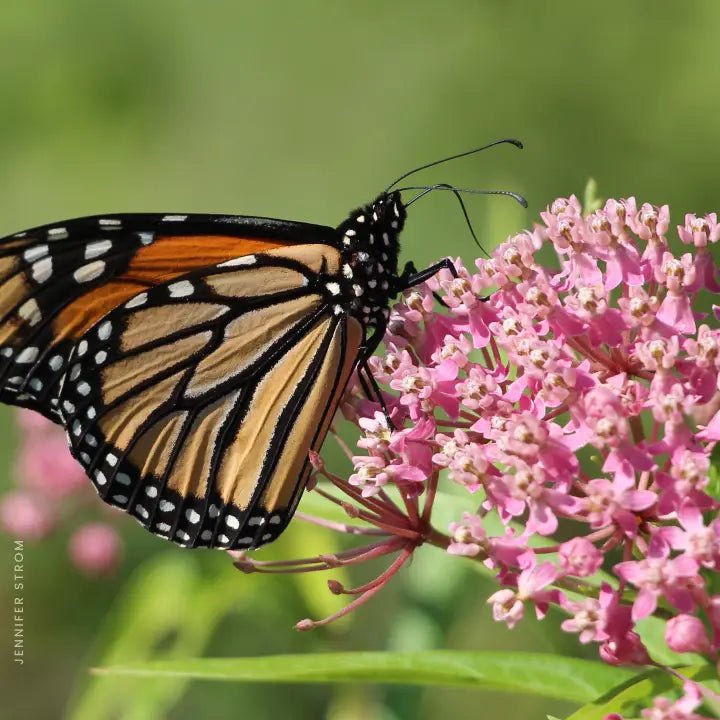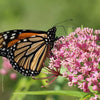Leafy Aster (Symphyotrichum foliaceum) is a hardy, late-blooming native perennial that provides vital nectar and pollen for monarchs, bees, and other pollinators as they prepare for migration and winter. With ascending leafy stems and clusters of vibrant lavender, purple, or pink flowers, this aster adds a burst of color to meadows, prairies, and pollinator gardens in late summer and fall.
Key Features:
- Late-Season Blooms: Provides essential nectar and pollen from late summer into fall, supporting monarch butterflies, native bees, and other late-season pollinators.
- Striking Flowers: Produces multiple flower heads per stem, each featuring many narrow rays in shades of lavender, purple, or pink.
- Wildlife Benefits: An excellent food source for migrating butterflies and overwintering insects.
- Drought-Tolerant & Hardy: Thrives in dry, rocky, or sandy soils, making it perfect for water-wise gardens.
- Erosion Control: Deep-rooted growth helps stabilize soil on slopes and in meadows.
- Low Maintenance: Once established, requires minimal water and care.
- Pollinator-Safe: Grown non-GMO and free of harmful neonicotinoids, promoting a healthy ecosystem for pollinators and wildlife.
Available in sets of three, six, or 12 plants to suit any garden size.
Why Choose Leafy Aster?
This pollinator-friendly native aster is an essential addition to wildlife gardens, habitat restoration projects, and late-season nectar sources. Its hardiness, adaptability, and vibrant blooms make it a perfect choice for gardeners looking to support migrating monarchs and other beneficial insects while adding beauty and resilience to their landscapes.
Planting Tips:
- Location: Prefers full sun to part shade with well-drained soil.
- Watering: Water regularly during the first growing season; drought-tolerant once established.
- Maintenance: Minimal care required. There's no need to deadhead the flowers, as allowing them to go to seed provides a valuable food source for birds. Leaving the stems standing in the fall offers overwintering sites for beneficial insects. If desired, cut back the stems in late spring after pollinators have emerged.
For more information on planting, view our How to Plant Your Native Plants guide and other planting tips in the Garden for Wildlife Learning Center.
Add leafy aster to your garden for stunning late-season blooms, essential pollinator support, and a resilient, easy-care addition to naturalized landscapes!
